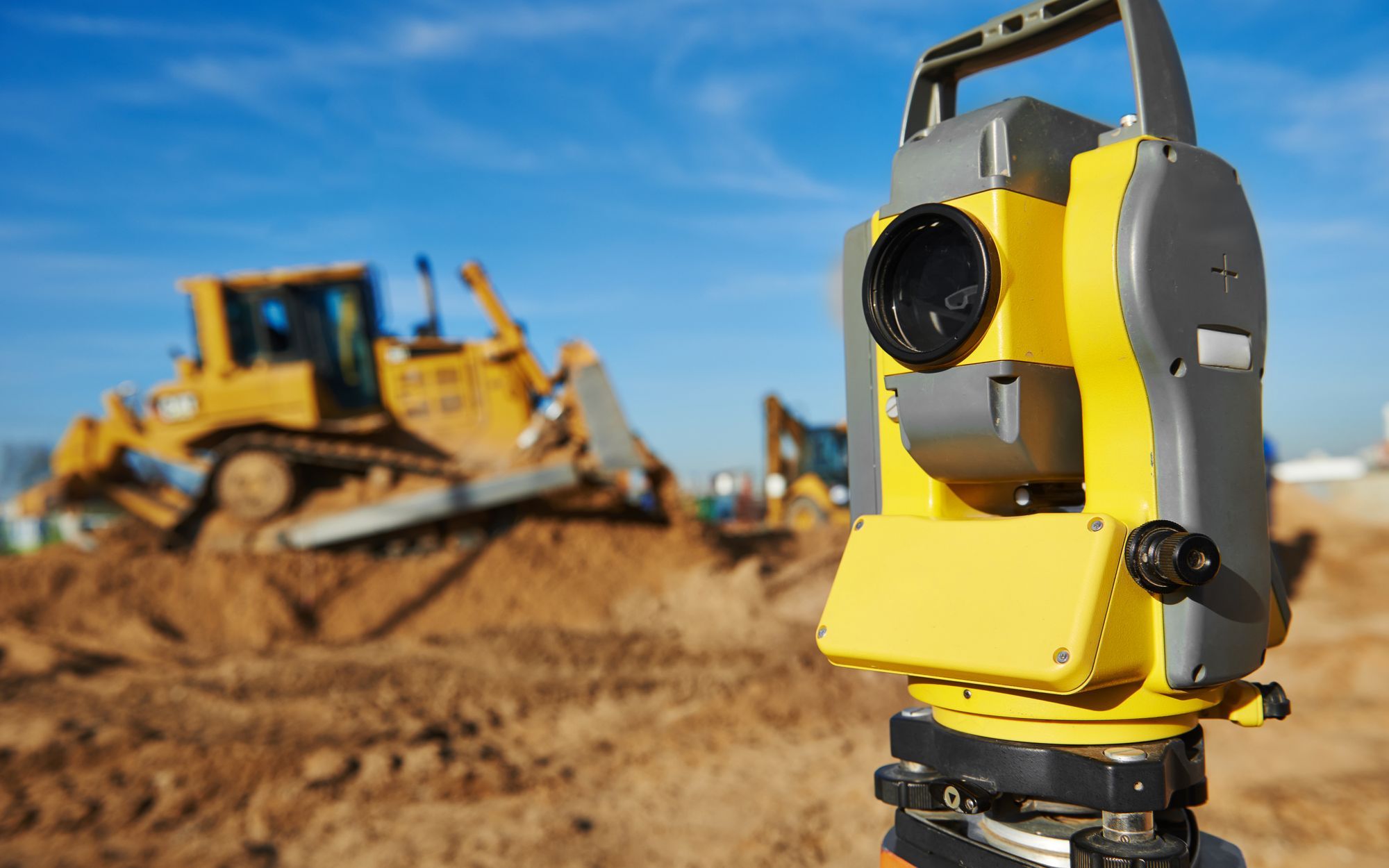The surveying of sites during the construction process has traditionally been a monotonous task. During an average week, inspectors are responsible for walking the site and snapping hundreds to thousands of pictures, then left with the tedious assignment of filing the photos in an organizational style that others will need to re-interpret. Typically, this process creates unstructured data that is hard to understand, slow to process and almost impossible to accurately replicate.
Fortunately, this is a well-known issue in the industry that technology companies have been cleverly addressing by using existing technologies. In construction, one of the most precious resources is time. If results can be achieved faster, more accurately and with less human interaction, most stakeholders should expect an uptick in their overall margins. Saving time can be accomplished in a variety of ways, but automation of monotonous, time-sucking tasks such as surveying construction sites is a long-term solution now being addressed.
For example, companies such as OpenSpace have developed a 360-degree camera that is mounted to a hardhat coupled with an app that maps the worker’s location via GPS. A user can hit record, then walk the site in any pattern, tracking everything he encounters. That 360-degree imagery is mapped out on the floor plan, allowing users to more intuitively understand an image’s location in space and time. This creates a hybrid workflow of human effort (walking the site) combined with automation software to handle the rest, which is a huge step forward in productivity. Is it possible, however, to take this technology to the next level?
For years, robotics has been creeping its way into the construction industry, but only with limited success. From automated street builders laying down blankets of masonry pavers to super-sized 3D printers spooling out layers of concrete forms, trade expos love to show off these awe-inspiring gadgets.
Yet construction remains one of the least automated industries. It still defaults primarily to manual-intensive labor as the main source of productivity. When the U.S. construction sector stands at more than 0 billion yearly, why is it that, even now in 2020, an industry that is ripe for a technological revolution is still so manual?
Robotics boast speed and accuracy, if they know how to process the input data. In construction, the push for robotic automation easily becomes bottlenecked by the industry’s nature of continuously evolving unevenly and relentlessly unpredictably. Humans are naturally equipped to navigate these challenges, but robotics lack the necessary intuition which serves as their own glass ceiling.
Enter Boston Dynamics and one of their latest creations, Spot. Boston Dynamics is a company widely known for their dog-sized robots capable of making viral videos of climbing rocks, opening doors, balancing back from kicking and even dancing. As smart as these nimble machines may appear, their videos have had their limitations. For years, Boston Dynamics has been carefully controlled by remote operators behind the cameras, offering a glimpse of what is possible, but nothing truly intuitive. That is, until recently.
Boston Dynamics has been seeking out new ways to implement its army of Spots, leading to collaboration with developers such as HoloBuilder. Their idea is to take the concept of OpenSpace’s hardhat site scanning along with traditional snap shooting to create an overall more effective solution. Between these two companies, a new product was born called “SpotWalk” which capitalizes on Spot’s intuitive, nimble and durable hardware, coupling it with a software that teaches it to walk a site on its own. This comes with several advantages.
First, robots are notoriously good at repeating the same action, in the exact way, every time to ensure consistent results. When stakeholders need to monitor progress, having consistent data presented in a similar form allows for easier, more accurate reviews. Because Spot can currently detect and respond to minor obstacles, it can also navigate the relentless irregularities of an evolving construction site.
Secondly, robots can typically accomplish tasks faster and at any time. Site surveys can be a time-consuming, expensive endeavor, discouraging those who pay someone to perform them. Typically, these surveys are only performed once a week or less. Robots such as Spot can be assigned to run sites continuously, providing daily updates on a building’s status, informing construction managers, designers and owners on its progress. These more consistent scans would allow small mistakes to be corrected earlier before they become much larger ones. Spot can also be assigned to walk sites after hours to avoid any conflict with workers.
Lastly, quad-copter drones have been a reliable tool for performing exterior surveying, but they can’t navigate interiors. Coupling this technology with interior robots on a consistent basis would provide stakeholders with a complete picture of the entire site that can be consistently tracked. By replacing 3D cameras with Lidar scanning technology exponentially more data can be extracted and processed for other actions like comparing the construction site against the Building Information Model. These digital twins can then be used for enhanced clash detection, energy analysis and more.
Witnessing a Spot robot in person can be a mixture of cute and terrifying, but it quickly becomes clear how these devices will be finding their purpose among humans to ultimately create more reliable, accurate and efficient results, which should eventually provide a stronger ROI for owners. These robots are not yet fully intuitive as they still need human interaction to learn how to walk the sites before going off on their own. The expanding capabilities, however, show promise regarding how close robots are to the brink of becoming mainstream.
Construction jobsites can benefit greatly from the automation and intelligence of customized robotics. The technology allows for faster and more accurate surveying as well as managing repeatable tasks at the same level of quality. The continued use of robots and drones combined with the 3D insight provided by BIM, will likely streamline the creation of as-built models and improve collaboration, accuracy and the bottom line among all key stakeholders.







